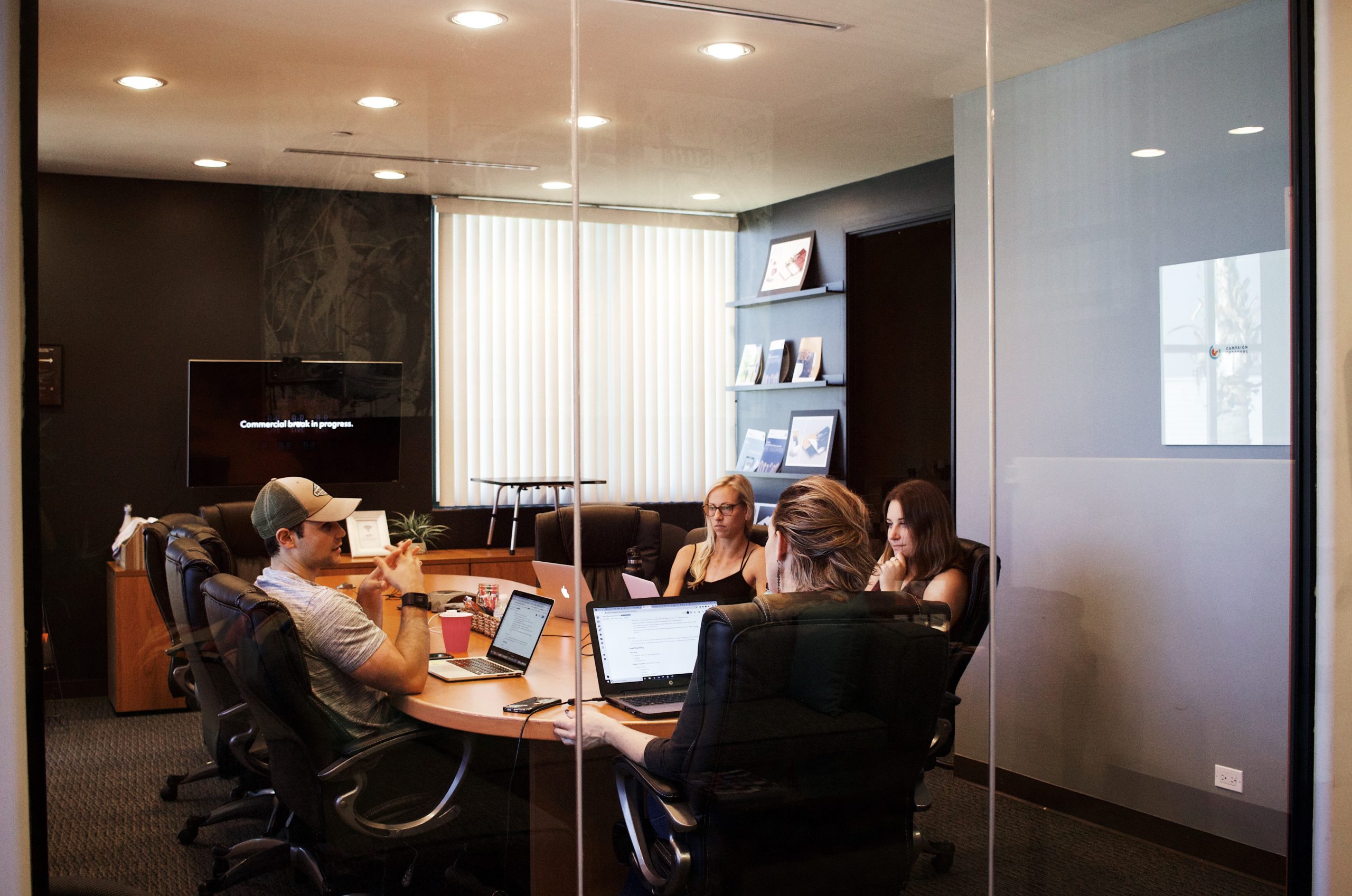When it comes to modern workplace environments, employees are no longer restricted by the confines of cubicles and assigned desk time. Instead, the focus has shifted to providing a team-oriented environment that is conducive to collaboration and innovation. The agile work environment places an emphasis on values such as transparency, collaboration, trust, and accountability in order to foster an efficient work culture that produces superior results.
Workplaces are now measuring their success not just on how many hours employees spend working but also on what they produce while they are there. The new way of working considers activities such as telecommuting, mobility programs, unlimited vacation policies, and remote work sites as key factors in creating a more agile workforce. In order to fully implement these changes in your organization, you’ll first need to understand what exactly makes up an agile environment.
What Is An Agile Work Environment?
An agile work environment is an office setting where employees have the freedom to work how they want. As long as they are achieving their goals and deadlines. This type of work culture embraces change, promotes accountability, and encourages collaboration. The agile work environment encourages employees to work when and where they are most productive. Whether that is in their office, at home, or anywhere else they can finish their work.
An agile work environment encourages team members to engage in continuous improvement, learn from mistakes, and focus on outcomes instead of outputs. In short, agile work environments create a culture of innovation — and that means management expects employees to break the rules.
Making Your Workspace Agile
The agile work environment is not a one-size-fits-all solution — what works for one company may not work for another. To find out what will work best for your organization, start by evaluating your company culture and goals. Once you have a good understanding of your company’s needs, you can begin to implement agile working practices.
Some of the most common agile working practices include:
- Mobility programs: These programs allow employees to work from different locations, including remote work sites.
- Unlimited vacation policies: This policy allows employees to take time off when they need it, without having to request vacation days or track their time off.
- Flexible work hours: Employees have the freedom to choose their own work hours. As long as they meet their deadlines.
The agile environment is not about working less — it’s about working smarter. By implementing agile working practices, you can create a workplace that is more productive, creative, and efficient.
Benefits Of Agile Work Environment
There are many benefits of an agile work environment, including:
Encourages Innovation
The agile environment encourages employees to think outside the box and come up with new ideas. Also, because agile workplaces are constantly changing and evolving, employees are more likely to be engaged in their work and have a sense of ownership over their projects.
Improves Employee Satisfaction
When employees have the freedom to work how they want, they are more likely to be happy with their job. Also, agile workplaces tend to have lower turnover rates because employees are less likely to feel burnt out or stressed.
Productivity increases
Agile workplaces are more productive because employees are able to focus on their work. They are not distracted by office politics or other non-work-related issues.
Creates a Positive Work/Life Balance
The agile environment creates a better work-life balance for employees. They are able to work from home or anywhere else they want. Also, employees can take care of their personal life without having to sacrifice their careers.
If you are looking for a way to improve your company culture and increase employee satisfaction, the agile environment may be the right solution for you. By giving your employees the freedom to work how they want, you can create a more productive and innovative workplace.
Nature Of Agile Work Environment
An agile work environment is highly conducive to both individual and team-based work. With an emphasis on transparency, trust, and accountability, employees are more likely to feel comfortable working in less traditional workspaces. Additionally, these factors make it much easier for employees to communicate with one another. Regardless of whether they are in the same office or working from home.
An agile work environment highly focuses on results, with less emphasis on the process used to achieve them. In other words, employees are more likely to be judged on outcomes and less on the time it took to get there.
How Does Agile Work Environment Differ From Others?
While the agile work environment is similar to a flexible work environment, there are a few key differences. An agile work environment, unlike a flexible work environment, promotes continuous improvement, innovation, and collaboration.
Additionally, an agile work environment encourages employees to work at a location that is most convenient and productive for them, whether that be in the office or at home.
A flexible work environment, on the other hand, accommodates a range of employees. This includes those with families or special circumstances. This type of work environment is more concerned with balancing work and life.
How Does Agile Work Environment Work?
The agile work environment has a principle of trust. Employees are given the freedom to work how they want when they want, and where they want. This trust-based system allows employees to take ownership of their projects and work towards goals that are aligned with the company’s objectives.
In an agile environment, there is a strong emphasis on transparency, accountability, and communication. These three factors create a more collaborative and innovative workplace.
When all employees are working towards the same goal, it is easier to hold each other accountable and give feedback that can help improve the quality of work. Additionally, agile workplaces tend to have less bureaucratic red tape, which makes it easier for employees to finish their work.
The agile environment is a results-oriented workplace. This means that employees are judged on the outcomes of their work and not on the time it took to complete it. In an agile environment, there is a continuous focus on improvement and innovation.
The Bottom Line
The agile work environment is a trust-based system that gives employees the freedom to work how they want when they want, and where they want. This type of work environment promotes continuous improvement, innovation, and collaboration. If you are looking for a way to improve your company culture and increase employee satisfaction, the agile environment may be the right solution for you.
READ MORE:






